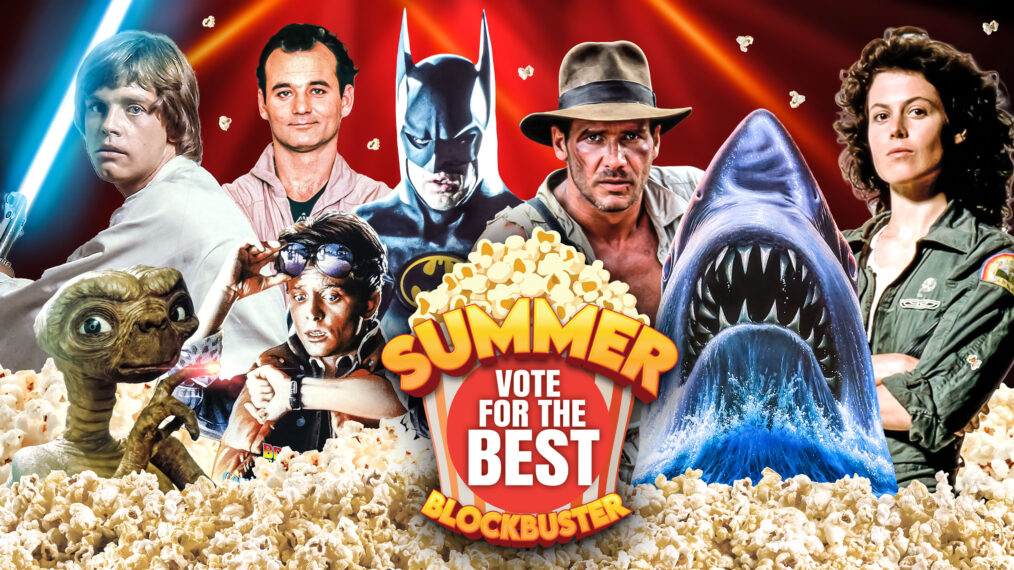6 Things You Never Knew About ‘Jurassic Park’

It would hardly be summer without a new Jurassic Park franchise film — but while audiences loved Jurassic World: Rebirth this year, none of it could have happened without the 1993 original that started it all.
1 James Cameron came this close to acquiring the rights
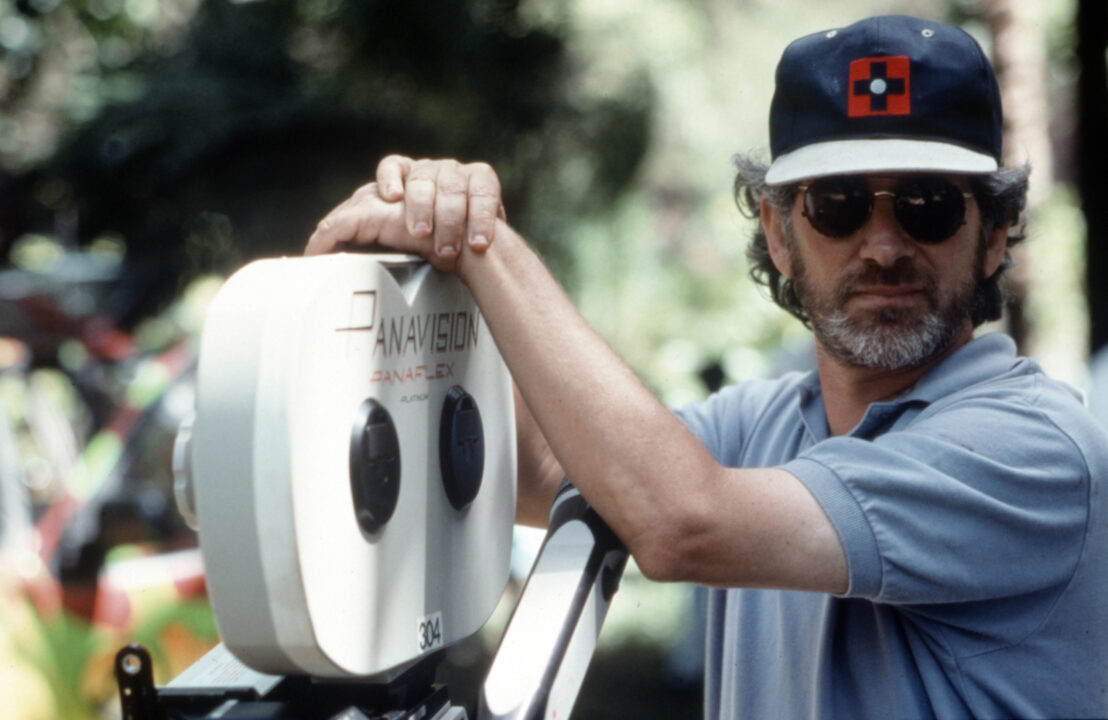
Universal Pictures/ Courtesy: Everett Collection.
In May of 1990, author Michael Crichton put the feature film rights to his novel Jurassic Park up for purchase, and every Hollywood director worth their weight in film stock took a shot at acquiring the (at the time) unfinished script. Big names like Tim Burton, Richard Donner, Joe Dante and James Cameron threw their directors’ chairs in the ring, but ultimately Universal Pictures and Steven Spielberg won out, in big part due to Spielberg’s friendship with Crichton.
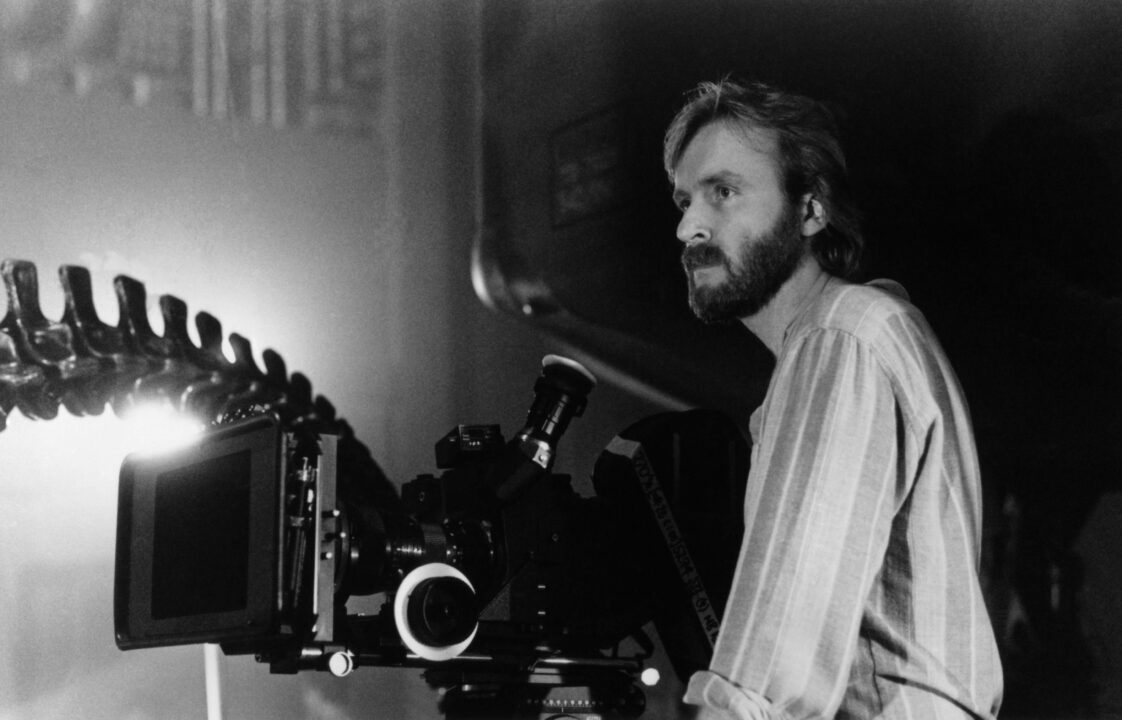
20th Century Fox Film Corp. All rights reserved.
James Cameron was apparently furious over this, and has said that Spielberg beat him to the purchase by just a few short hours. Cameron has since come around on the whole ordeal, realizing that Spielberg was the right man for the job, and that his filmmaking sensibilities kept the tone upbeat and filled with wonder, whereas Cameron said he would have probably gone down a much darker route, more akin to Aliens.
2 Kurt Russell almost played Dr. Alan Grant
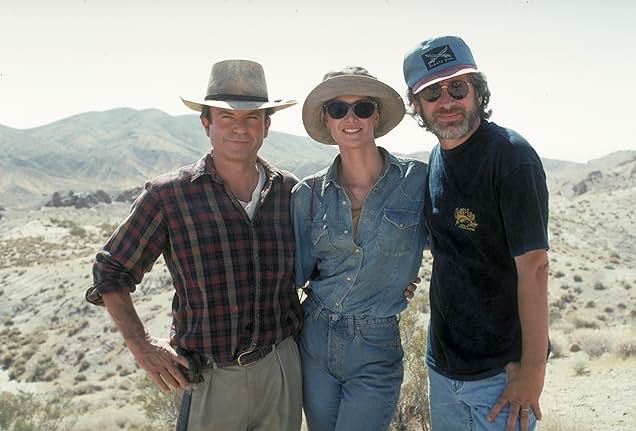
MCA/Universal Pictures
Once Universal officially acquired the film rights, Spielberg was off and running, and basically reached out to every major actor in town about the lead role of Dr. Alan Grant. Actors like Harrison Ford, William Hurt and Kevin Costner were considered, but one of the frontrunners in the early days was Kurt Russell.
Russell was coming off a legendary stretch of films throughout the ’80s, which allowed him to command a massive paycheck that Universal was reportedly unwilling (or unable) to pile on to the already steep $127 million budget.

Everett Collection
Russell passed, and instead went on to earn that paycheck making Captain Ron, with the lead role of Dr. Grant going to Sam Neill. Not having to pay Russell freed up Universal to round out the cast with incredible performers like Jeff Goldblum, Laura Dern, Richard Attenborough, Samuel L. Jackson, Wayne Knight, Joseph Mazzello and Ariana Richards.
3 This film killed off an entire style of special effects techniques

Everett Collection
You can watch basically any movie nowadays and see a ton of stunning digital effects, but back in the early ’90s, this wasn’t commonplace. Computer-generated imagery had only just come on to the scene in films like Terminator 2 and The Abyss, with stop motion still being considered the best way to create creatures.
As the story goes, during production, Spielberg became increasingly unhappy with how the stop-motion animation was shaping up. This isn’t to say it was bad — far from it, actually: Special effects artist Stan Winston and stop-motion guru Phil Tippett were both industry leaders creating incredible dinosaur effects. But Spielberg simply wanted more. To help with this, Spielberg brought on digital artist Steve Williams and others from George Lucas‘s visual effects company ILM (responsible for the groundbreaking effects in Star Wars; no big deal).
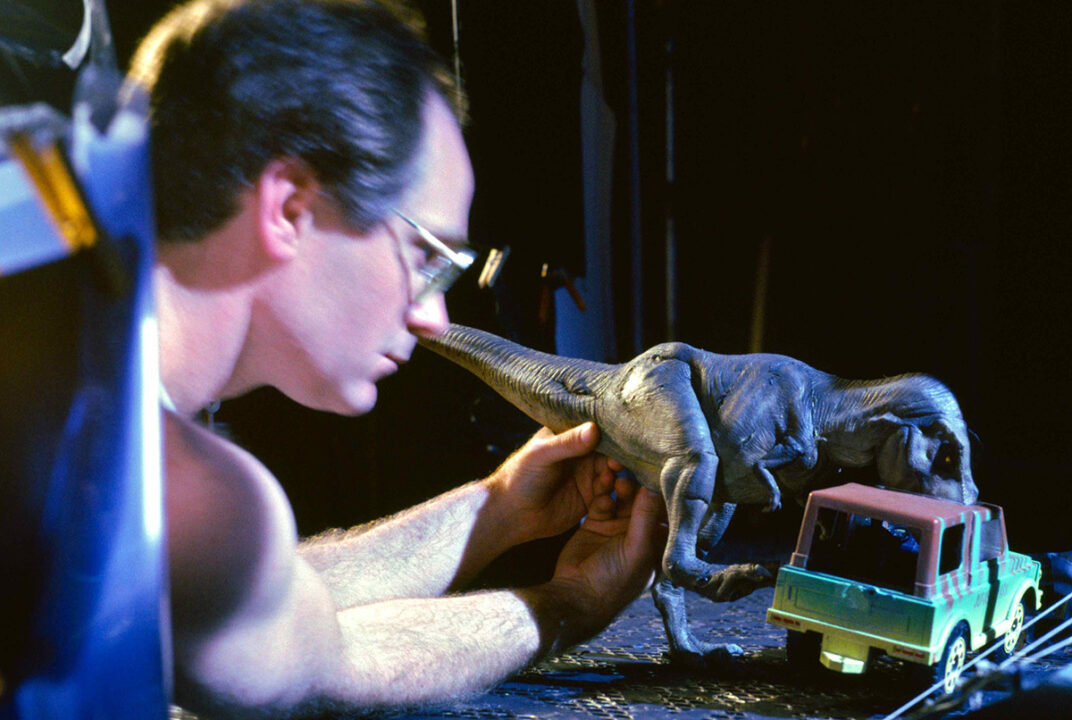
Everett Collection
ILM was only instructed to add a digital motion blur on top of the stop-motion shots and was expressly forbidden from creating any 3D renderings. Aaaaaaand yet, as I’m sure you have guessed by now, the team went ahead and did it anyway, in secret. They even purposely left CGI dinosaur shots up on their workstations when producers were due to visit, as a way to trick higher-ups into seeing them.
Bigwig Hollywood producer Kathleen Kennedy was blown away by the results and convinced Spielberg to pivot fully into computer-generated effects, effectively ending the use of stop motion in big-budget movies forever. When Tippett saw the future of cinema staring him in the face for the first time, he famously said, “I think I’m extinct,” which Spielberg loved and subsequently wrote into the movie.
4 The T-Rex roar was really a baby elephant squeal
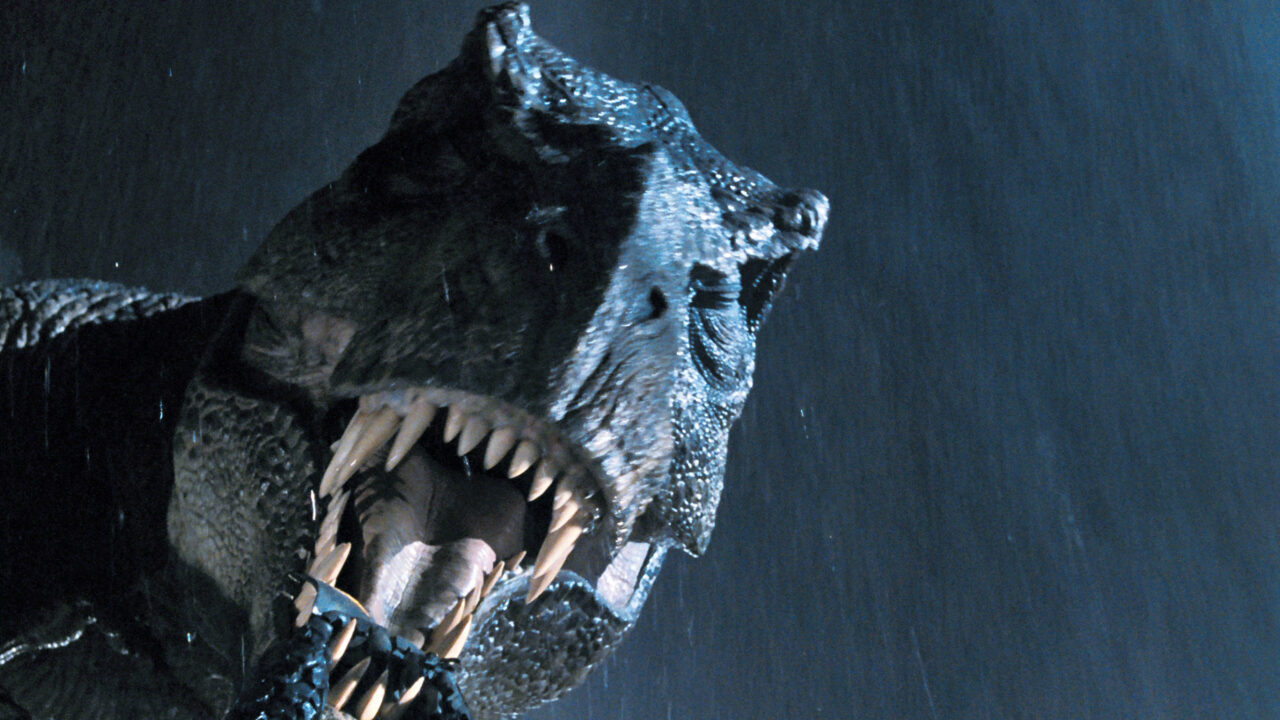
Universal/courtesy Everett Collection
Speaking of dinosaur effects, sound engineer Gary Rydstrom created the now iconic roar of the T-rex by layering multiple real-life recordings of animals on top of each other: the roar of an elephant paired with the growling of tigers, lions, alligators and many more. But there’s one sound Rydstrom considers to be the secret sauce that brings the T-rex to life — a baby elephant’s squeal.
Rydstrom described how, during a recording session early in production, a baby elephant did a “cute high-pitched scream,” which he loved and then used as the foundation for every T-rex roar in the film. The craziest part of the story is that they could never get the elephant to repeat that sound, saying “We kept trying to get it to do it again, and the handlers were saying, ‘We never heard it do that before; that’s a weird sound.'”
5 Some dinosaur names in the lab are spelled incorrectly
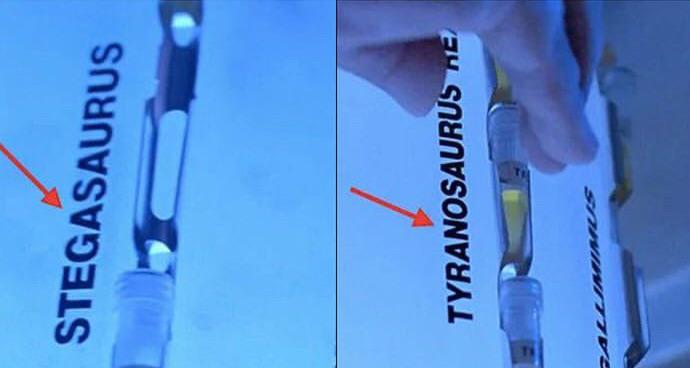
Universal Studios
Spielberg is universally known in the biz for being a master storyteller, routinely and meticulously going over every little detail in an effort to craft the best viewer experience possible. Which means if you look closely enough, there are a bunch of well-placed hidden details that can give the viewer some insight into the untold background of this park and its creators.
For example, in the scene where Wayne Knight is stealing the dinosaur embryos from their cryogenic storage containers, you can see that some of the names of the dinosaurs are misspelled– specifically, “Stegosaurus” and “Tyrannosaurus.”
This would seem to imply that the whole park is just a quick cash grab, rushed into production and poorly put together, fueled by the lofty ambitions of an ignorant businessman. Now, could this be a mistake by the production team? Sure. Would we much rather believe in the myth of Spielberg and tell you it’s intentional? Absolutely.
6 The Barbasol shaving cream canister comes back!
Speaking of Spielberg being intentional, the Barbasol shaving cream canister containing the dinosaur embryos was intended to reappear in subsequent sequels and play a major part in the ongoing story. Which explains why so much camera emphasis is placed on it during Wayne Knight’s death scene. Sadly, however, the sequel films never addressed the little canister, and we wouldn’t fault you for thinking the filmmakers just forgot about that plot point entirely.
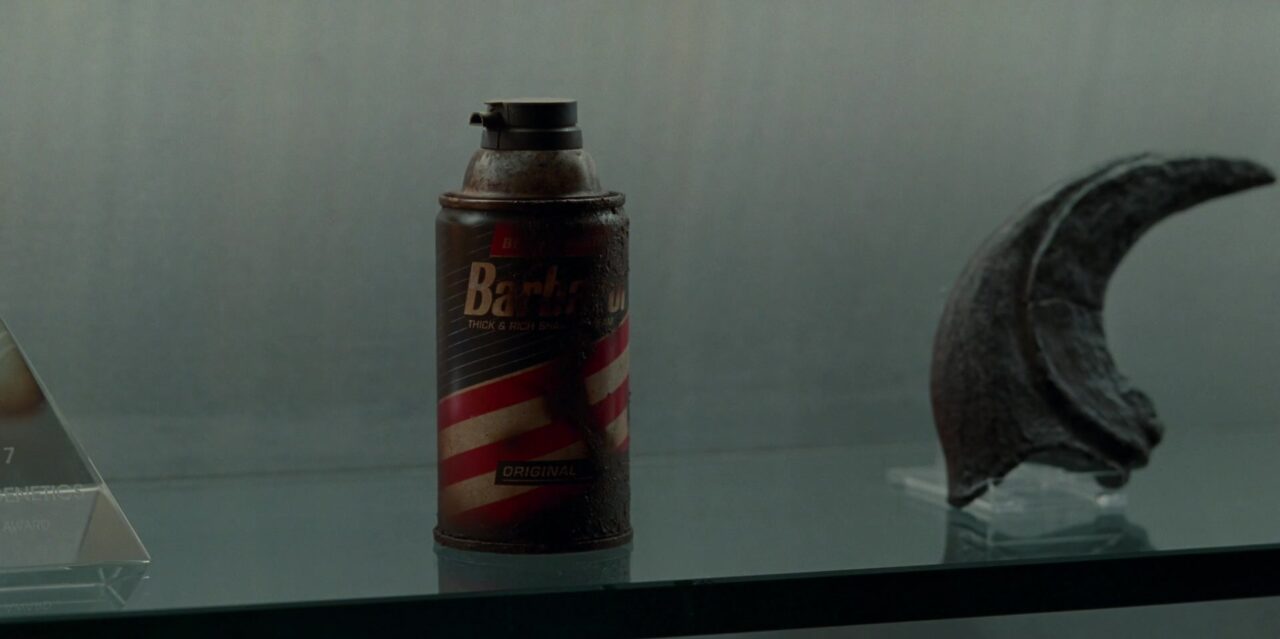
Universal Studios/Everett Collection
However, it actually has shown up in recent years, first in the animated Netflix show Jurassic World: Camp Cretaceous and later in the recent film Jurassic World: Dominion. These appearances don’t amount to much more than fun easter eggs, but we love to see the commitment to continuity regardless.
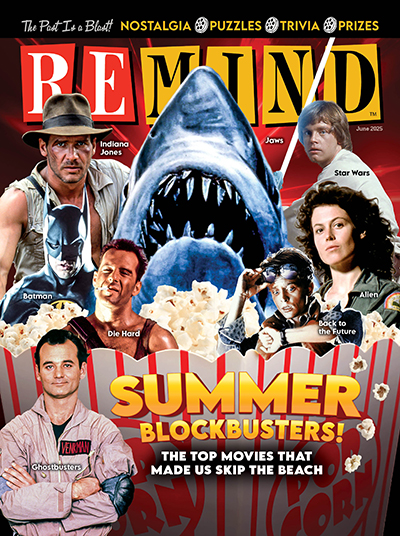
Summer Blockbusters
June 2025
'Jaws' made us afraid of the water, 'Star Wars' took us light years away and Marty McFly took us back to 1955. Flashback to these classic Summer Blockbusters.
Buy This Issue
